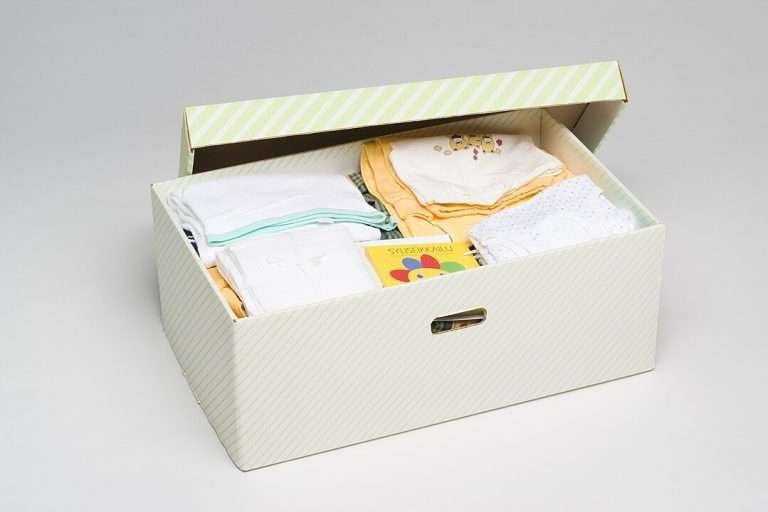Introduction
Finland’s history is full of struggles that Finland has had to deal with and find solutions to. Long and dark winters have led Finnish people to strive for comfort and find new activities to make the winter more bearable.
The unique environment has created a need for comfort, which has led Finland to become one of the most innovative countries, even with its small population. For the cold weather, Finns invented the sauna; for the darkness, they created safety reflectors; and finally, to create comfort for parents, Finland invented the baby box.
The ability to find solutions to problems was crucial in surviving in the cold and it led to the creation of these 7 Finnish inventions that have shaped our world.
Sauna
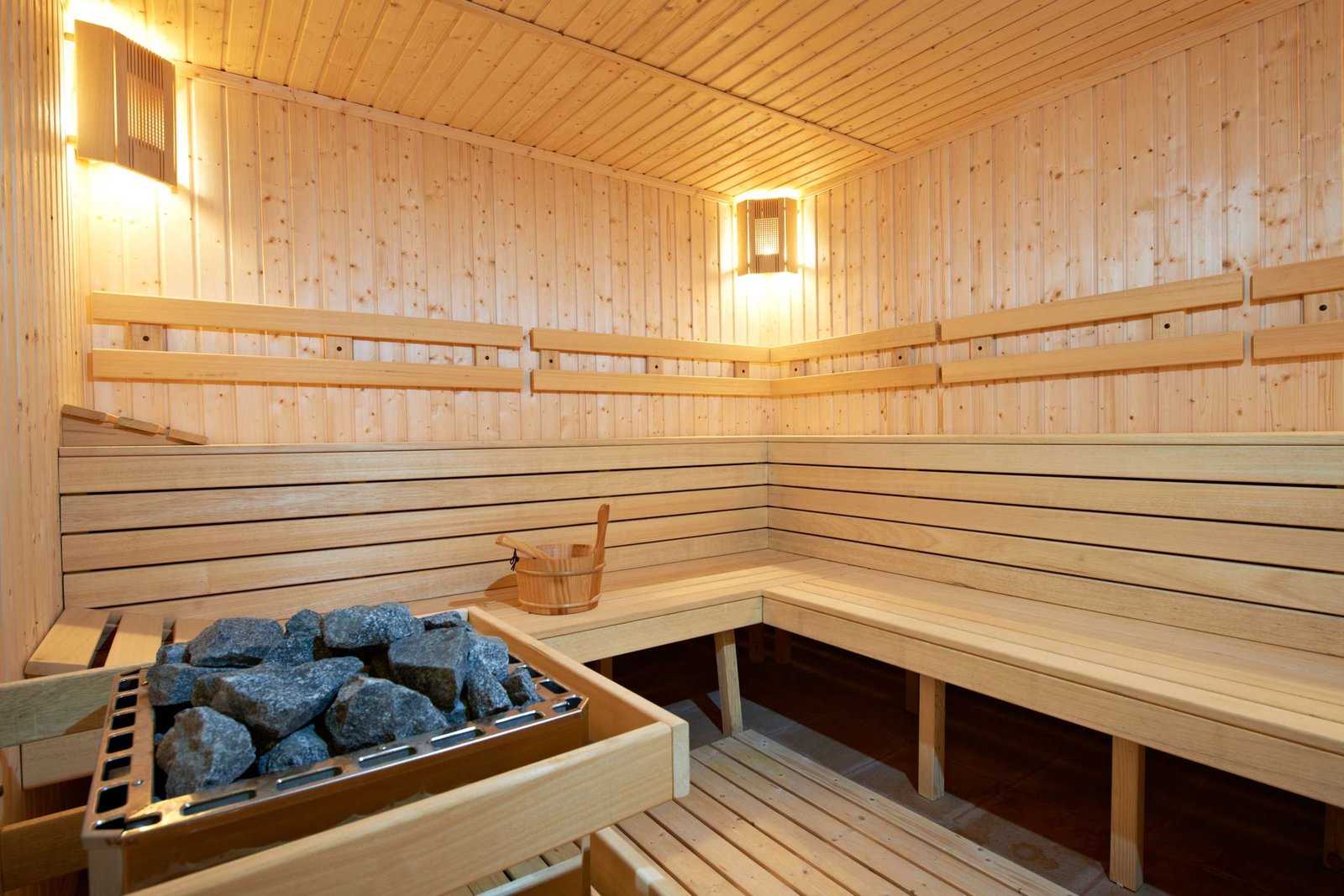
With the cold and windy winters, it comes as no surprise that one of the oldest Finnish inventions is the sauna, which has been around for thousands of years.
If you aren’t sure what a sauna is exactly, it is a small room or building that is heated to a high temperature, typically using wood or electricity. The temperature of a sauna is usually between 80 and 100 degrees Celsius, and it is traditional to throw water on the rocks to produce heat and steam.
It is considered that the heat and steam have many health benefits, such as making you feel more relaxed, improving your circulation, and making your immune system stronger.
In Finland, saunas are a part of people’s daily lives, so much so that Finland has the most saunas per capita. Finnish people are often considered quiet and not talkative, but for many, sauna is the place for conversations with friends and family where you share all your worries.
Today, people around the world have fallen in love with the sauna. Sauna culture has also spread to other countries with many new different variations and technologies.
Learn more about Sauna and what makes the Finnish lifestyle unique
The Baby Box (The Maternity Package)
Source: Suomen kansallismuseo
The Finnish baby box, introduced in the 1930s, is a social welfare initiative that provides a free box for expectant mothers with essential supplies for their newborn babies.
The box includes clothing, bedding, and other baby necessities, and the box itself can even be used as a makeshift crib. The average value of the baby box is 200 euros, and parents also have the option to get it as a cash grant, but 95% of parents still opt for the maternity package (Maternity package – Wikipedia).
This innovative program has been credited with improving infant mortality rates in Finland and has inspired similar initiatives in other countries.
The Finnish maternity package has gained international recognition for its effectiveness in promoting the health and well-being of both mothers and newborns. Over 60 countries around the world have so far implemented a similar program demonstrating the worldwide impact of this Finnish invention (tuni.fi).
Dish Drying Cabinet

The dish drying cabinet, invented by Finnish designer Maiju Gebhard in the 1940s, is a practical solution for drying dishes. By placing a dish rack inside a cabinet above the sink, the dishes can dry without cluttering the countertop. Due to the cabinet’s open bottom, it allows the water to drip into the sink and dry without any extra work, saving time and energy.
Gebhard’s intention for the cabinet was to help Finnish housewives save time. Her calculations showed that a Finnish housewife spent 30,450 hours of her life washing dishes, which the invention managed to reduce by 50 percent. (Dish drying cabinet – Wikipedia)
The dish drying cabinet has since become a staple item in almost every kitchen in Finland and has saved people time and effort that they can put on more important things . It remains a testament to the Finnish people’s innovative spirit and the drive to improve all of our lives
Safety Reflectors
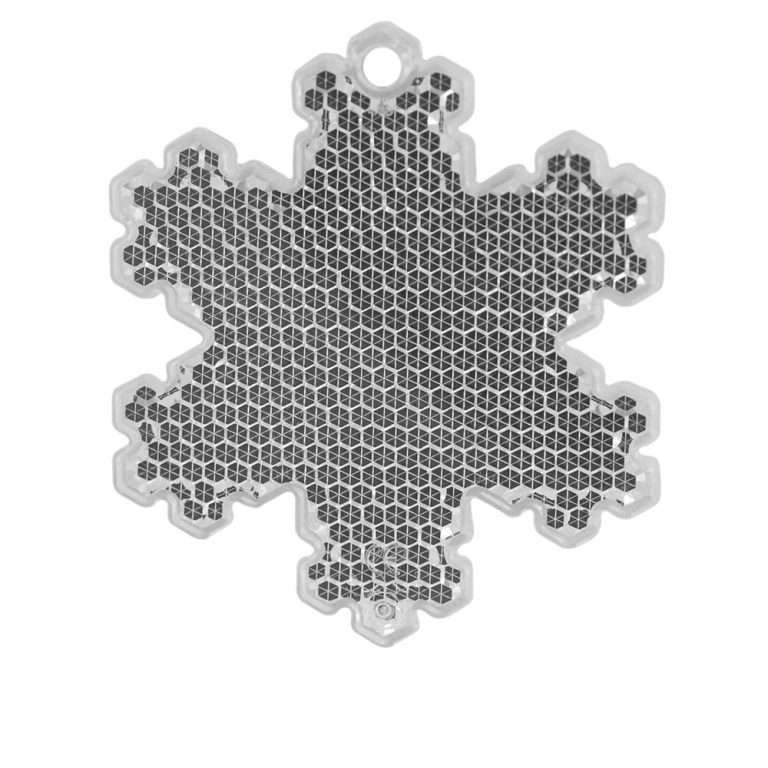
The safety reflector is a simple yet effective Finnish invention that has saved countless lives. Invented in the 1950s by Finnish farmer Arvi Lehti, the safety reflector is a small device that can be attached to clothing or accessories to increase visibility by reflecting light from the headlights of vehicles. It’s an essential device in areas where there are no streetlights.
Arvi Lehti’s original intention for the creation of the safety reflector was to protect his horse carts and carriages. However, after Finland’s fast industrialization there quickly proved to be a need for pedestrians. As the Finnish Traffic Police and the Finnish Traffic Safety Organisation were looking to improve pedestrian safety, they turned to Arvi Lehti’s company, Talousmuovi, to develop a safety reflector for pedestrians. The first model was then released to the public in 1965.
After Arvi Lehti passed away in 1972, his son Taisto Lehti took over the company at the age of 25. The company was then renamed Talmu and quickly became a leading safety reflector company, employing over 450 at its peak, and started exporting to Sweden. (Source: safetyreflector.fi)
With new regulations regarding traffic safety, the demand for Talmu warning triangles grew rapidly and became the company’s number one export product, with expansion to Germany and later Japan. The reflector has since become a staple item with many different models and devices all over the world. (Source: Pedestrian Reflector History (archive.ph))
The widespread use of safety reflectors demonstrates Finland’s commitment to practical and life-saving innovations. By creating a simple and affordable device, Finnish inventors have made a significant contribution to road safety worldwide.
Xylitol Chewing Gum

In the early 1970s, Finnish scientists pioneered the research and development of xylitol, a natural sweetener derived from birch trees. Xylitol has been found to significantly reduce dental plaque, leading to the creation of xylitol chewing gum by Jenkki in 1975.
Jenkki started out as a producer of sugar chewing gum in the 1950s, but after inventing the Xylitol chewing gum in 1975, it had completely replaced sugar with Xylitol by 1995. (The history of Jenkki – Cloetta)
Today, xylitol is used in a variety of products, from toothpaste to sugar-free candies, and is recognised as a healthier alternative to traditional sugar and recommended by dentists.
The Finnish invention of xylitol has had a profound impact on oral health worldwide. As a natural and effective alternative to sugar, xylitol has become a popular ingredient in health-focused products and has contributed to a greater understanding of the importance of dental hygiene.
The Heart-Rate Monitor
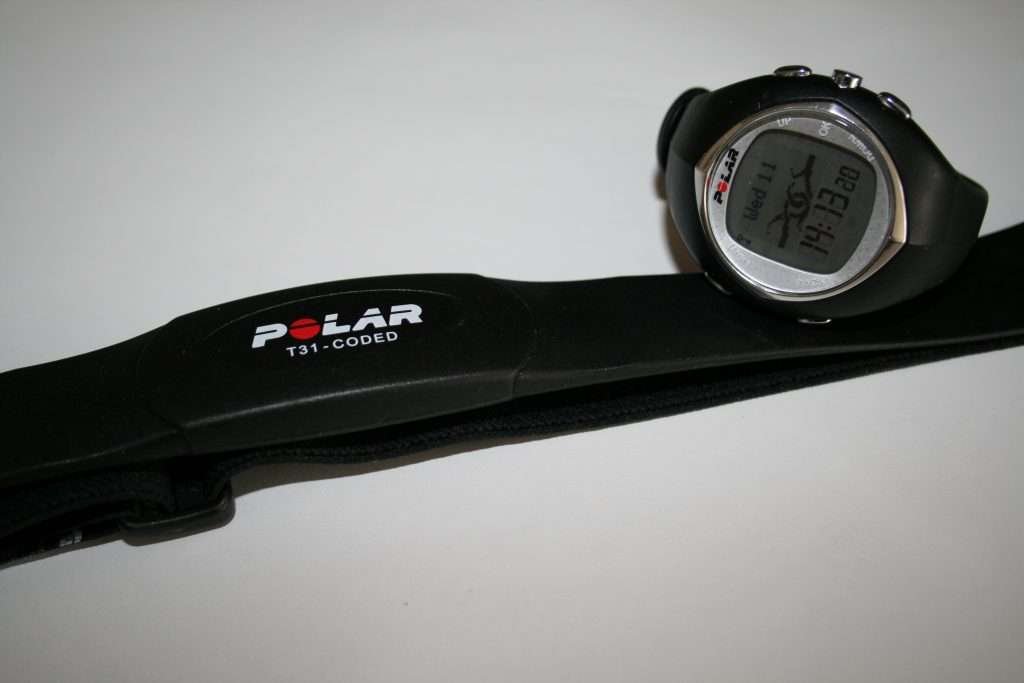
If you have tried fitness equipment or accessories, you are definitely familiar with the next Finnish invention, which is the heart rate monitor.
It is used to monitor your heart rate during exercise, and it does it by measuring the electrical signals that your heart produces and then displaying them on a screen.
Before the invention, it wasn’t possible to measure heart rate wirelessly and on a portable device, so the inventor and founder of Polar, Seppo Säynäjäkangas, developed a way to measure it during exercise in the 1970s after getting an idea for it on a cross-country skiing track. The company Polar Electro was then founded, and it developed and patented the concept for a wireless and portable measurement system.
When it later became available to the general public, athletes and fitness enthusiasts embraced it right away. Since the invention, other businesses have used the technology, and it is now used everywhere. It has made staying fit easier and given the user much more control over their exhaustion level during exercise.
Nowadays, the heart rate monitor is often incorporated with other features such as GPS tracking, calorie counting, and with the invention of smart watches, everything can be tracked to see the user’s progress and improve their health.
Linux Operating System

The next invention has become a core part of our lives without many even realising it, and it has helped develop most of the current devices and services.
Whether you use an Android phone or any other software that uses servers, it has used the Finnish invention, the Linux kernel. It is a free and open-source system that lets anyone contribute to its development and use the platform to freely create their own distributions.
It was started by the Finnish programmer Linus Torvalds in 1991, who developed it and then made it open-source for everyone to be part of or use freely. It now has a global community of developers and companies contributing to its development, with Linux today consisting of over 25 million lines of code (Linux Foundation). Linux is a free and customizable alternative to proprietary operating systems like Windows and macOS, and anyone can use it to create their own distributions like Ubuntu.
The main way people have been exposed to Linux is through the Android operating system, which is based on Linux and is the operating system on 70% of smart phones, according to Statista.
Today, individuals, governments, and tech companies all over the world use Linux extensively, with 47% of professional developers using Linux based operating systems (Statista). In addition to being open and fully customizable, Linux has a reputation for being more secure and stable than other operating systems, which makes it a popular choice for servers, with 96.4% of the top 1 million web servers’ being Linux and all of the world’s 500 fastest supercomputers using Linux. (Wikipedia)
Final Thoughts
These are just some of the few inventions, but their impact has been tremendous in making Finland the happiest country in the world and improving the everyday lives of people around the world. Finland is ranked 7th in the Global Innovation Index according to the World Intellectual Property Organisation, and this can be attributed to Finns forward thinking and pragmatic decision making processes. The future is bright for Finland, and it’s going to be exciting to see what Finnish people invent next.
The cold weather has impacted the early adoption of technology and its importance. Finland is a sparsely populated country, which means communication is key for the people to prosper and stay in touch with friends and family. This human need to stay in touch has made technology a central part of Finnish society and a human right like water and food. The importance of communications was the reason behind Nokia’s growth in the country, which then led to its expansion into the entire world. Nokia’s success then caused Finland to become a technology hub for innovation and new companies to prosper.
If you want to learn more about technology in Finland, like the history of companies founded in Finland and how a group of students in Finland invented the first web browser, you can read it in the following article:
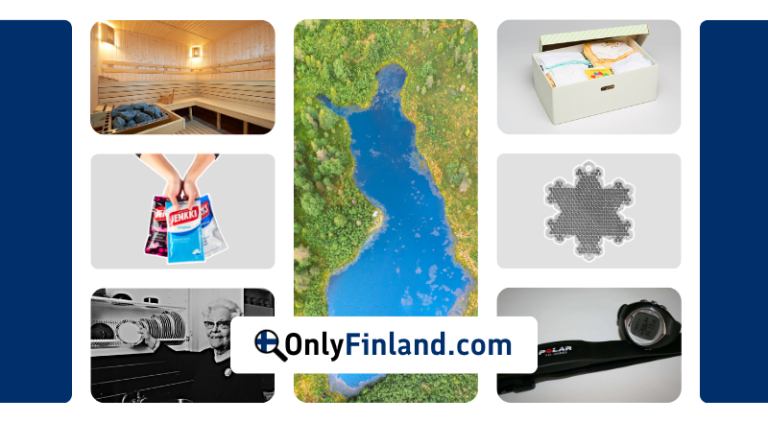
The History of Finnish Inventions: From Sauna to Linux and Beyond
The unique environment has created a need for comfort, which has led Finland to become one of the most innovative countries, even with its small population.
For the cold weather, Finns invented the sauna; for the darkness, they created safety reflectors; and finally, to create comfort for parents, Finland invented the baby box.
